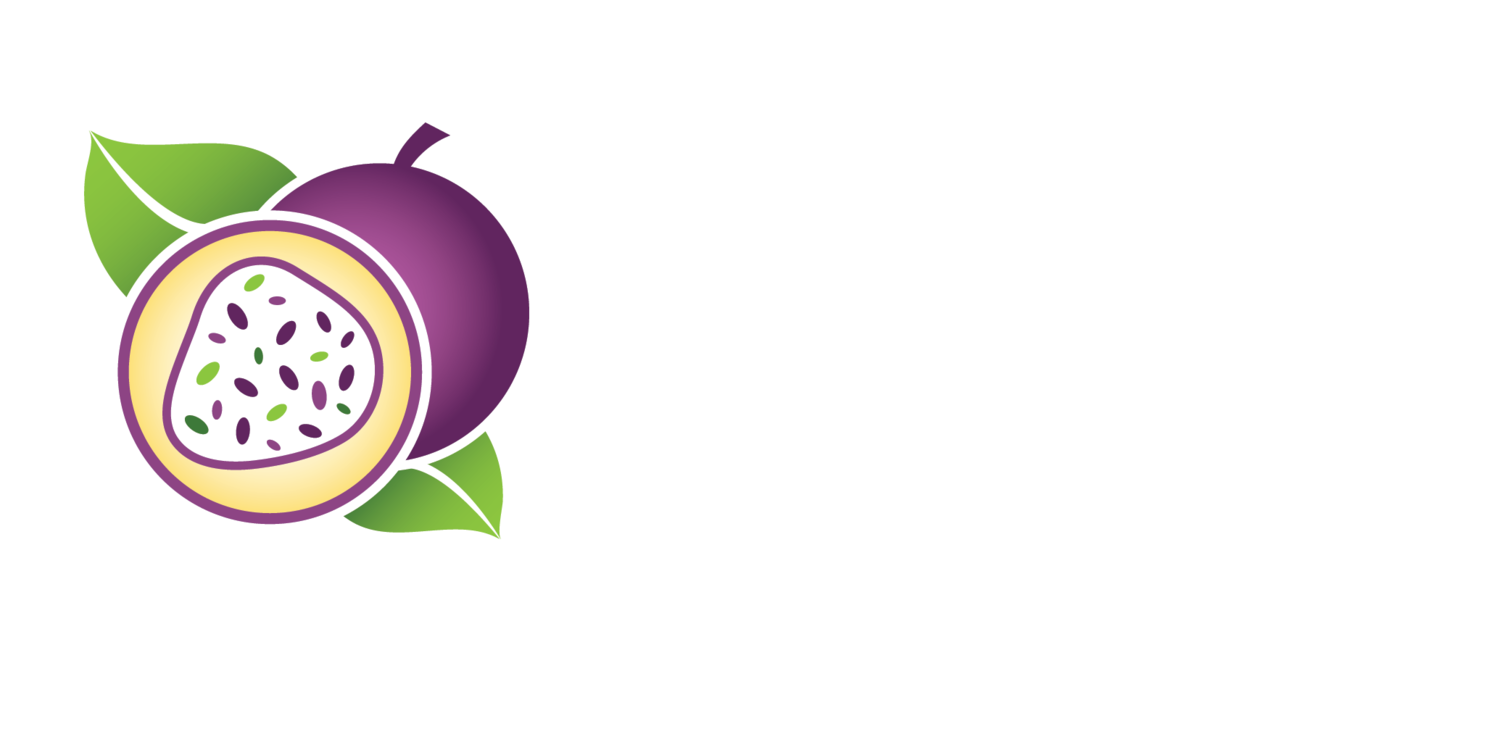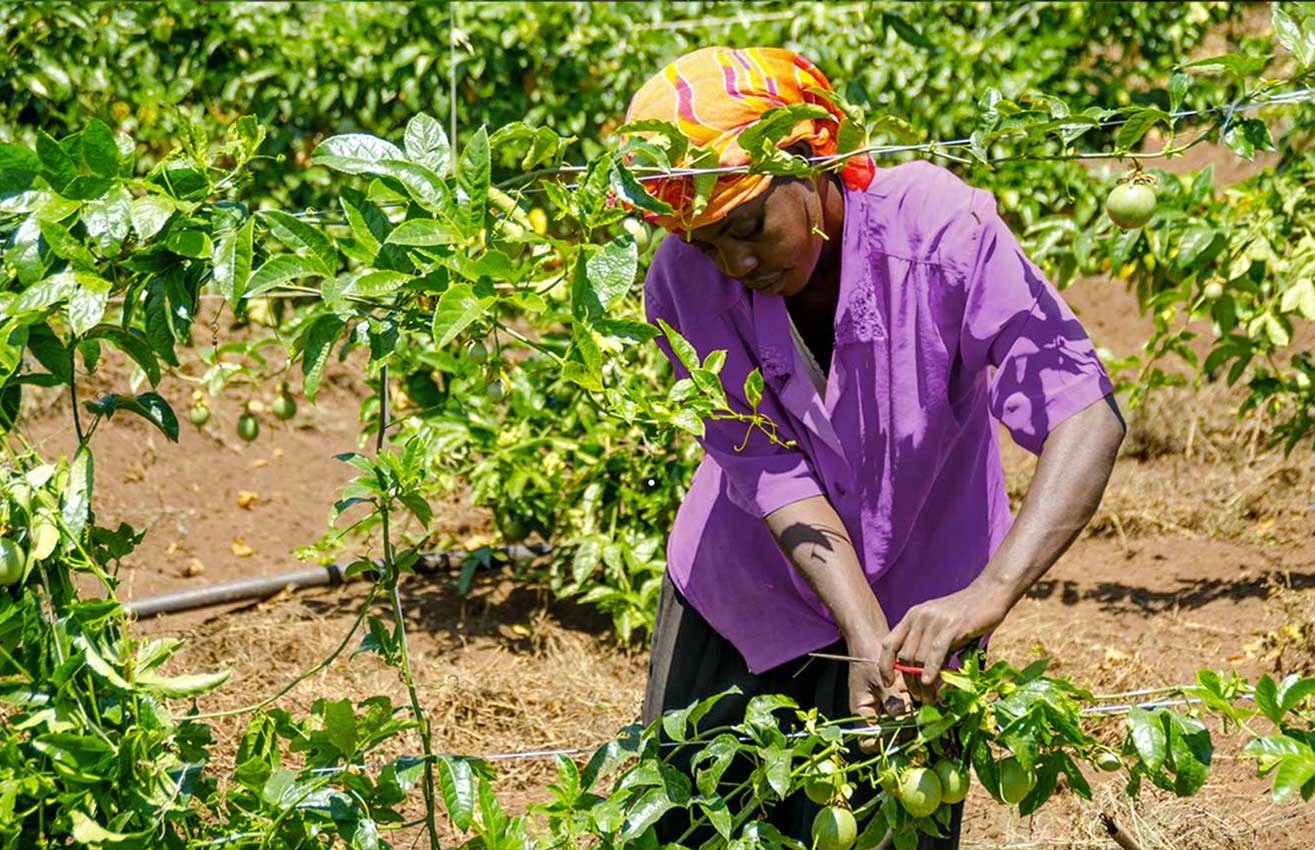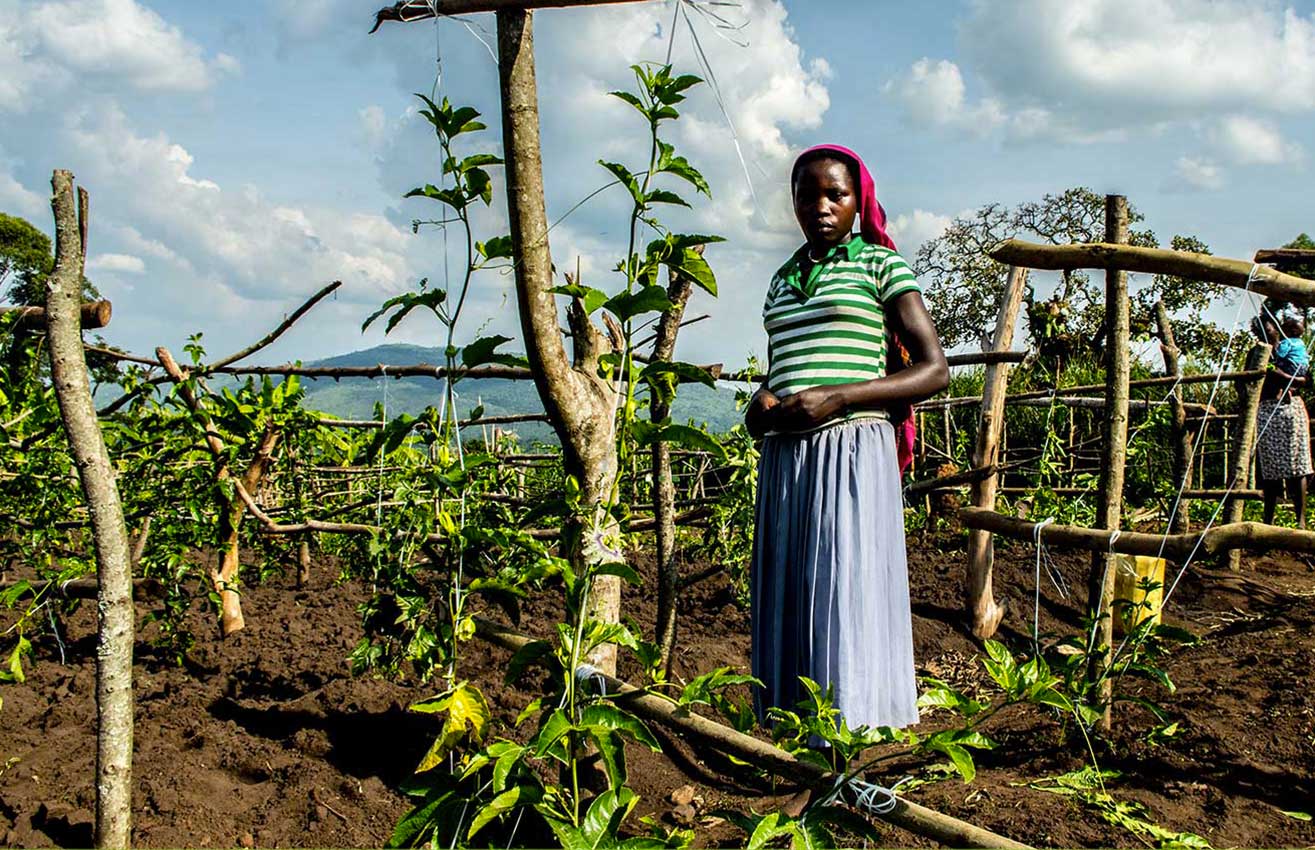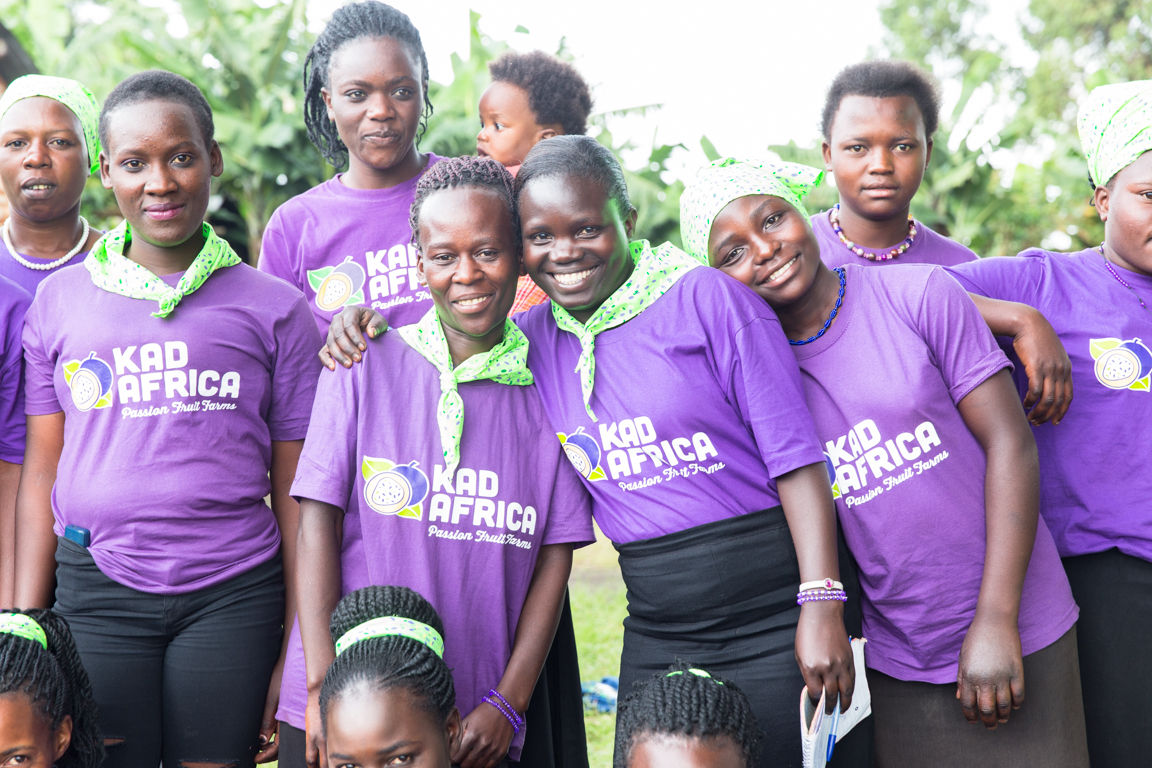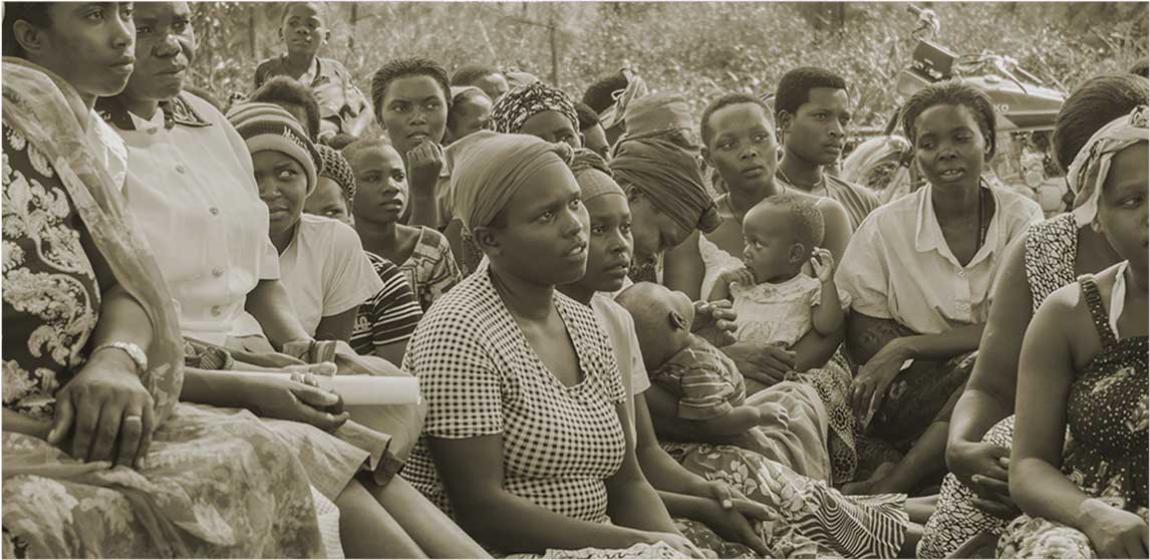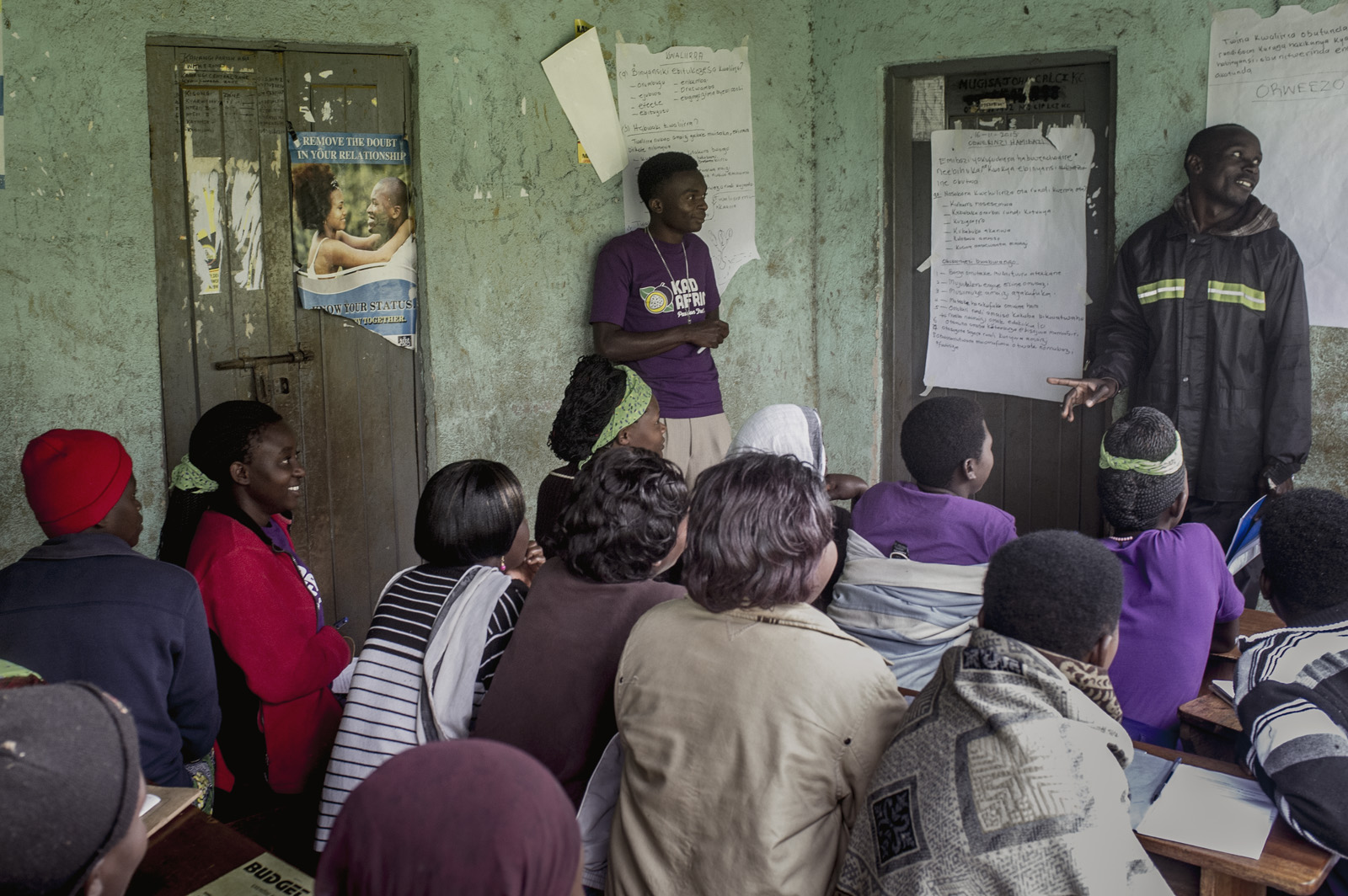THE PROBLEM
Approximately 70% of Ugandans rely on agriculture as their primary source of income, with the vast majority being smallholder farmers. These smallholders mainly cultivate subsistence crops and often face challenges in transitioning to improved agricultural production for income generation. As a result, about 21% of the population lives below the international poverty line of $2.15 per day.
WHY UGANDA?
Uganda is home to 50% of arable land of East Africa, and is commonly known as the region’s bread basket. With its fertile soils and favorable climatic conditions, the agricultural sector has been steadily growing over the past 10 years (2.8% per year). With 80% of Ugandans working in agriculture, the country presents immense opportunities for its rural population to rise out of poverty.
our model
We build the capacity of out-growers of all demographics
Through our extension services—which cover a wide range of areas beyond agricultural training, including life skills, entrepreneurship, financial literacy, and digital skills—out-growers expand their knowledge, access quality seedlings, and increase the yield and quality of their fruits. Our NGO specifically focuses on improving the lives of young women in our communities.
market-based development
Through our value chain support system, farmers become sustainable fruit growers, increase their income and start their journey towards self-reliance and improved life outcomes.
We are passion fruit experts who accompany passion fruit projects from A to Z. We aim to help smallholder farmers transition from subsistence crops to productive agriculture. A reliable increase in their yield combined with assisted market access leads to stable agriculture-based revenue and improved life outcomes.
